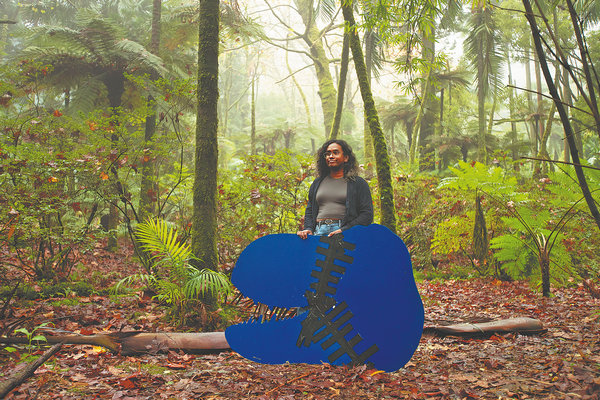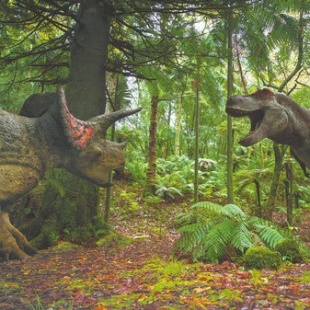Back with dinosaurs
New series incorporates scientific findings of past two decades to give BBC's iconic TV show a fresh look, Xu Fan reports.


"Whereas now, you get to see dinosaurs being affectionate, with some looking after their babies, and you start to understand them as animals. They are much more rounded creatures with different characteristics — moments of play and softness — that you haven't seen before. Hopefully, that makes this stand out among all the other dinosaur titles out there," he adds.
Recalling the project that began nearly three years ago, Scott reveals that creating CGI for each main dinosaur took around two and a half years, resulting in over 1,200 visual effects shots. Every detail — from skeletal structure and musculature to feather coloration — is driven by the latest paleontological research.
Chinese scientists' latest achievements in dinosaur archaeology have also played a helpful role. One example is the Utahraptor, a smart and deadly predator. In the 1999 version, it appeared featherless, but in the new edition, it is fully feathered. Scott explains that this change was inspired by paleontological discoveries in China, which suggest the Utahraptor likely had feathers in shades of red, white and black.
Interestingly, although the documentary is set in real outdoor environments, the "main characters" — the dinosaurs — are, after all, extinct. So the crew have to rely on staff members wearing specially designed suits — which could be easily replaced with digital models in post-production — to act as dinosaurs, or use props to simulate the presence of these prehistoric giants.
For instance, they used a cardboard cutout shaped like a dinosaur head mounted on a very tall pole with a tennis ball attached to indicate the dinosaur's height and the position of its eyes. They carried this setup during filming around the world.





































